Are you worried that downloadable PDF patterns will be tricky to print, horrible to assemble or just be a really bad draft?
If so, you are not alone.
I get questions and hear statements like this when I teach and in my mailbox every week.
And today I’m going to address the concerns some sewers have.
Myth #1: PDF sewing patterns are hard to print right!
Wrong!
This is the number one concern I hear.
But there is absolutely nothing to worry about.
- Make sure you have a recent version of Adobe Acrobat Reader (which is free! and you can download it here)
- When choosing “print“, you just make sure that the page sizing is set to “Actual Size”
- If you want to make extra sure, you can print the page of the pattern that has a control box. On MariaDenmark patterns, it measures 10 cm x 10 cm.
Myth #2: PDF sewing patterns are horrible to assemble
Well, it depends..
Some patterns are worse than others. And some pattern companies are worse than others.
I prefer when there is a clear border and overlap on each page you print, so it’s easy to see excactly where to place each page.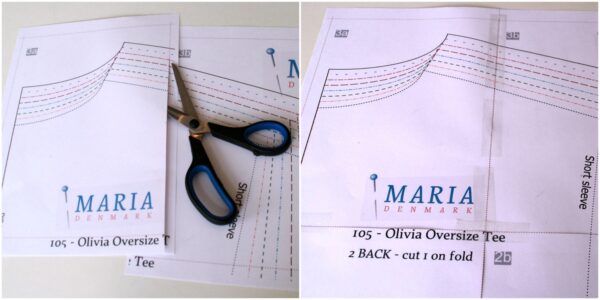
Some companies prefer to make notches that you line up vertical and horizontal.
No matter which approach; The more pages in the pattern, the more room for error. And a small error in the upper left corner, will be much more visible in the bottom right corner.
So here’s what I do: I typacilly look at the pattern layout sketch, and then asseble each large pattern piece by itself (so front piece, back piece etc). That way any mistakes are easy to correct.
Myth #3: PDF patterns are badly drafted patterns made by amateurs
And quite the opposite, I would say.
With the rise of the market for PDF patterns suddenly designers and drafters that really care about how the sewing experience is, have the possibiletie to publish their designs, without having to loan huge amounts of money.
Independent designers (that are not backed up by huge multinational companies) tend to be passionate, well trained and put an enormous amount of workinto each and every pattern.
So quite often the independent patterns are designed, drafted, tested and and redrafted many times before the release, which makes for a much better pattern (and sewing experience!) in the end!
That’s a luxury big pattern companies that have to release 50 patterns a year don’t have.
Myth #4: When printing PDF patterns, you are wasting a lot of paper
Well.
Again it depends on the pattern company. I’ve once seen a PDF pattern for a skirt from a big company have 50 pages to print! And they could easily have fitted it to 20 pages.
That being said, I spend a lot of time making sure that all MariaDenmark patterns (and many other small PDF based pattern companies do the same) are laid out very carefully to make sure you print the least possible number of pages.
And this actually saves paper.
Have you noticed how much empty space there are on many printed patterns? And if you trace your patterns, there is another layer of paper right there…
With PDF patterns, you often don’t have to trace (unless you want to tissue fit). And you can choose to use recycled paper in your printer (that’s what I always do).
Now I’d love to hear your opinion:
What are your concerns regarding using pdf patterns?
Or have you had concerns earlier, but overcome them? What convinced you?
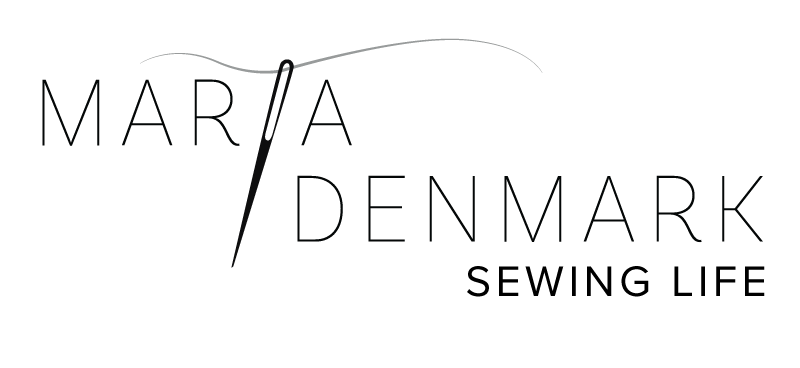
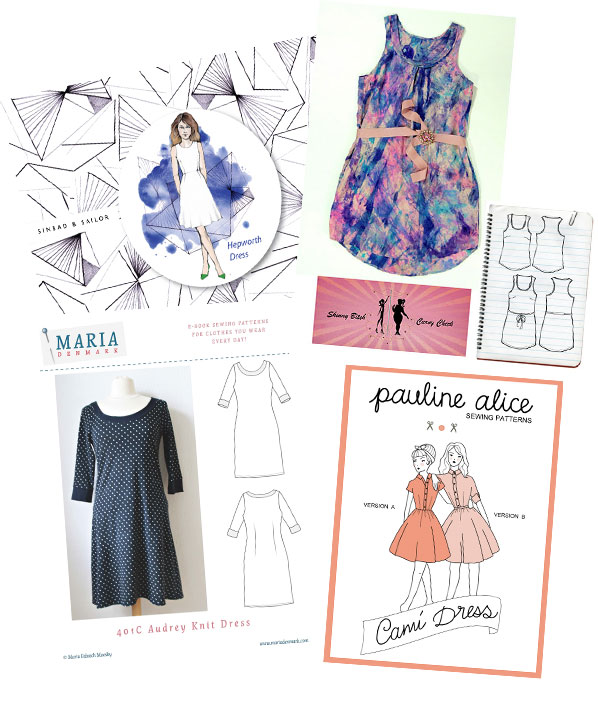
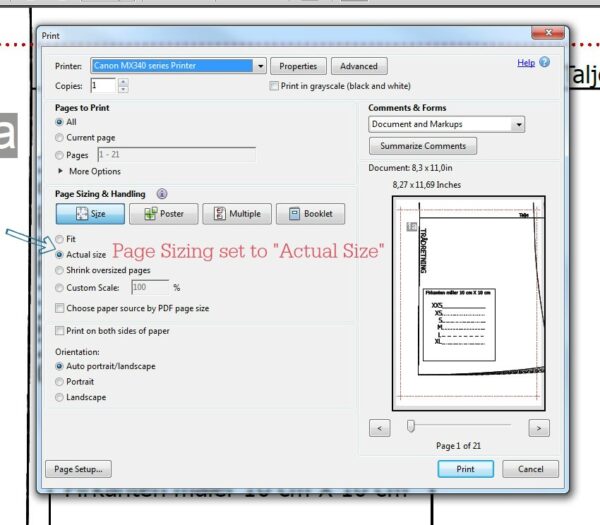
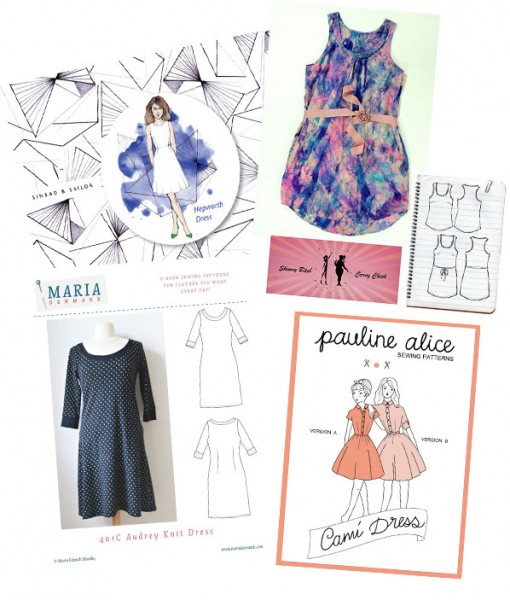

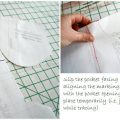
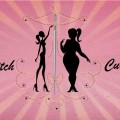

i used to dislike them but now i use a glue stick to assemble them and it’s much better. you can slide it a little to get a perfect match and tape them down after if you have to.
I do agree with you, but it is only valid for high quality patterns. Not all printable patterns include a 10×10 cm square and then one can never be sure of the sizing of the finished..
Some patterns ARE made of amateurs and some are horrible to assemble.
But of course there are good patterns, which give the opportunity to easily get access to patterns all over the world
But my main problem and reason not to use them is the lack of a printer :D
the only issue that I ever had with your patterns is that the lines are grey rather then black and I found them hard to see. I get around this by using a highlighter to mark my size before I even tape it together.
I really like pdf patterns, because they are instantly available. I recently downloaded a pdf pattern from Simplicity and what I found really good about them was that instead of centering the actual pattern on each page like the others that I bought before, theirs was in the right top corner, making it not necessary to cut the pages in order to assemble it